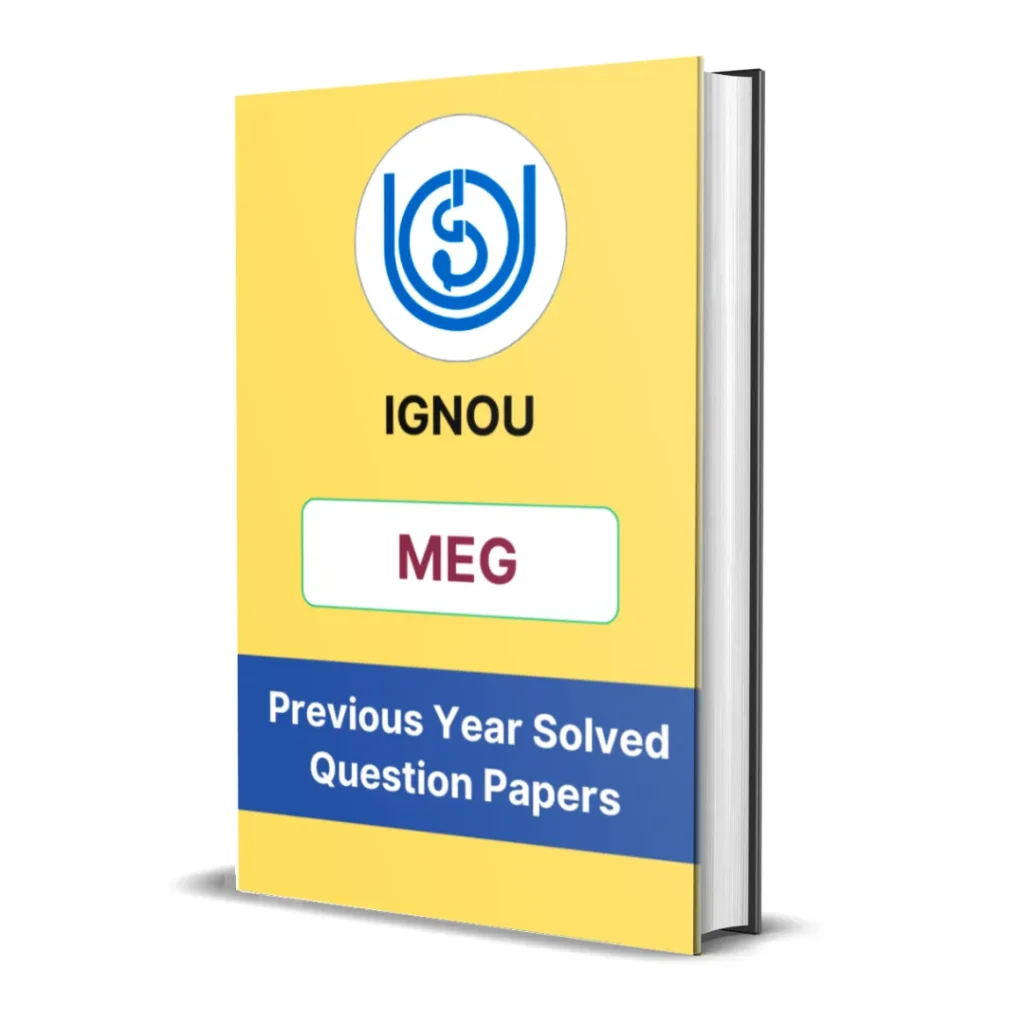MEG-04 Block 6 Summary | Language in Use-I
- Last Updated On August 14, 2025
Table of Contents
Here you will get the detailed summary of IGNOU MEG 4 Block 6 – Language in Use-I.
We have provided the summary of all units starting from unit 1 to unit 4.

Introduction
Block 6 of the IGNOU MEG-4 course, Language in Use – I, introduces students to the field of sociolinguistics, which studies the relationship between language and society. This block helps learners understand how language functions within various social contexts, particularly in multilingual and bilingual societies. It examines concepts like speech communities, language variation, bilingualism, and the process of standardizing language, offering valuable insights into how language both shapes and is shaped by cultural and social factors.

Unit 1 – Introduction to Sociolinguistics
This unit provides an overview of sociolinguistics, explaining how language operates within different social contexts. It highlights the social nature of language, contrasting the sociolinguistic approach with traditional linguistic analysis, which treats language as an abstract, uniform system.
Key Concepts:
-
Language Variation: Language differs depending on factors like region, class, gender, and context.
-
Dialect vs Language: Understanding when a variety is seen as a dialect or a separate language.
-
Speech Styles and Registers: How people alter their language depending on the audience or setting.
-
Code-switching: Switching between languages or dialects based on social context.
This unit lays the foundation for understanding how linguistic diversity functions in society and introduces students to key terminologies and frameworks of sociolinguistic study.

Unit 2 – Speech Community and Multilingualism
This unit explores what constitutes a speech community and how multilingualism functions within it. A speech community is defined not just by shared language, but by shared norms and communicative practices.
Major Themes:
-
Speech Community:
-
A group of people who share the same language norms and use.
-
More than just geography—cultural and social practices are key.
-
-
Multilingualism:
-
The co-existence of multiple languages in a single society.
-
Types of multilingualism: societal vs individual
-
Language use in education, administration, and media in multilingual societies.
-
-
Diglossia:
-
A situation where two languages or varieties are used in different domains (e.g., formal vs informal).
-
The unit emphasizes how multilingual societies manage language choice and language function, especially in post-colonial contexts like India.
Unit 3 – Bilingualism
Unit 3 focuses specifically on bilingualism, a type of multilingualism where two languages are used regularly by an individual or community.
Highlights:
-
Types of Bilingualism:
-
Simultaneous: Learning two languages from birth.
-
Sequential: Learning one language after establishing another.
-
-
Balanced vs Dominant Bilingualism: Whether proficiency is equal in both languages.
-
Code-mixing and Code-switching: Regular features of bilingual discourse.
-
Cognitive and Social Aspects:
-
Bilingualism can influence cognitive flexibility, identity, and social mobility.
-
-
Language Shift and Maintenance:
-
When communities gradually abandon one language for another due to economic or social pressures.
-
This unit gives learners insight into the complex identities and competencies that bilingual individuals manage, especially in globalized societies.

Unit 4 – Language Standardization
The final unit in this block looks at how a language becomes ‘standard’—a form accepted as the norm in formal and public communication.
Topics Covered:
-
Language vs Dialect: Political and social reasons behind what gets ‘standardized’.
-
Standardization Process:
-
Selection: Choosing one dialect or variety as the norm.
-
Codification: Creating grammars, dictionaries, etc.
-
Elaboration: Expanding its function to suit all domains.
-
Acceptance: Social recognition and adoption.
-
-
Prescriptivism vs Descriptivism:
-
Prescriptivists believe in rules; descriptivists observe actual use.
-
-
Issues in Multilingual Nations:
-
Language policies in India and debates over what should be the official or national language.
-
This unit helps learners critically evaluate the politics of language norms, the marginalization of non-standard dialects, and the role of language in nation-building.